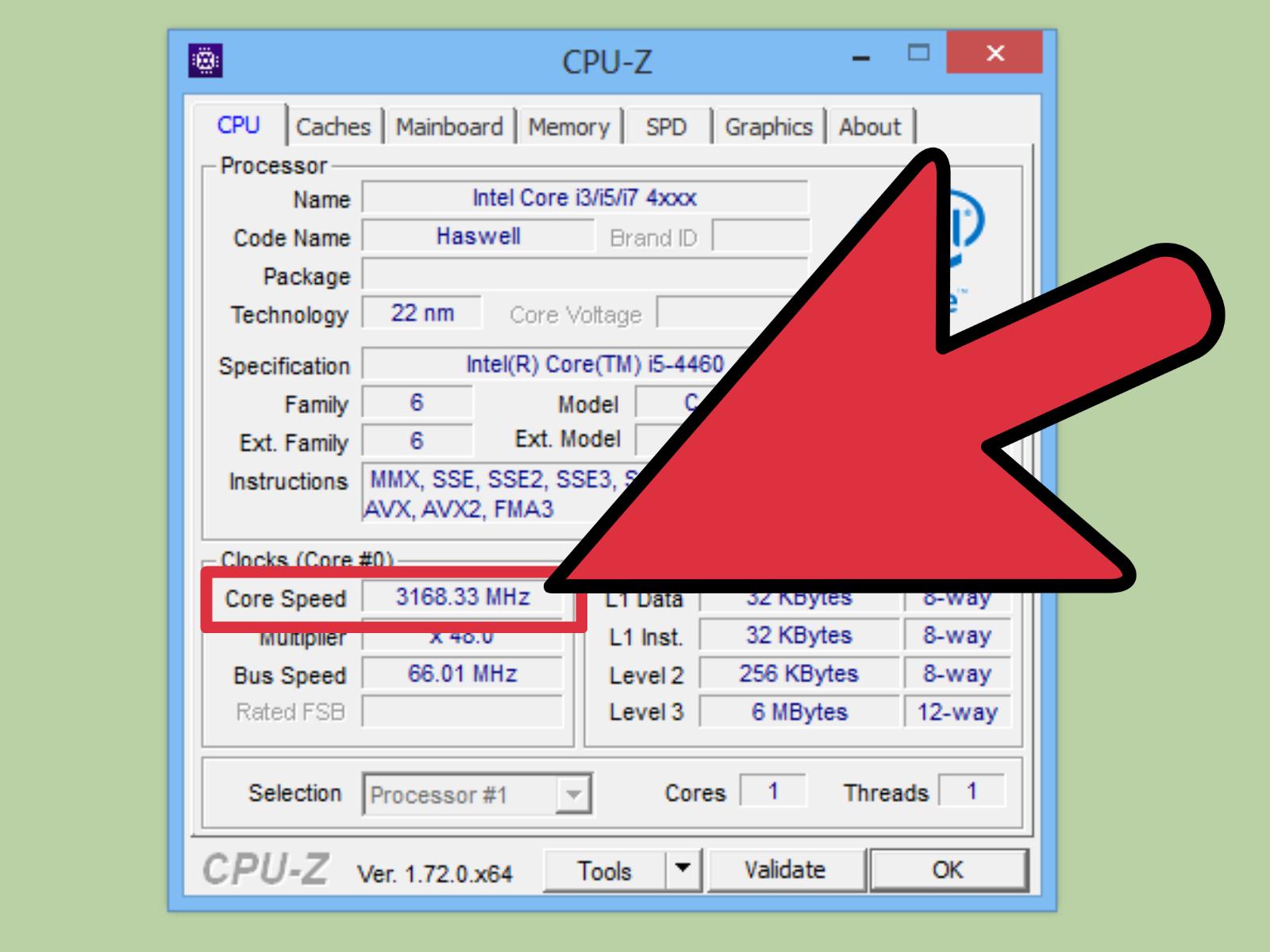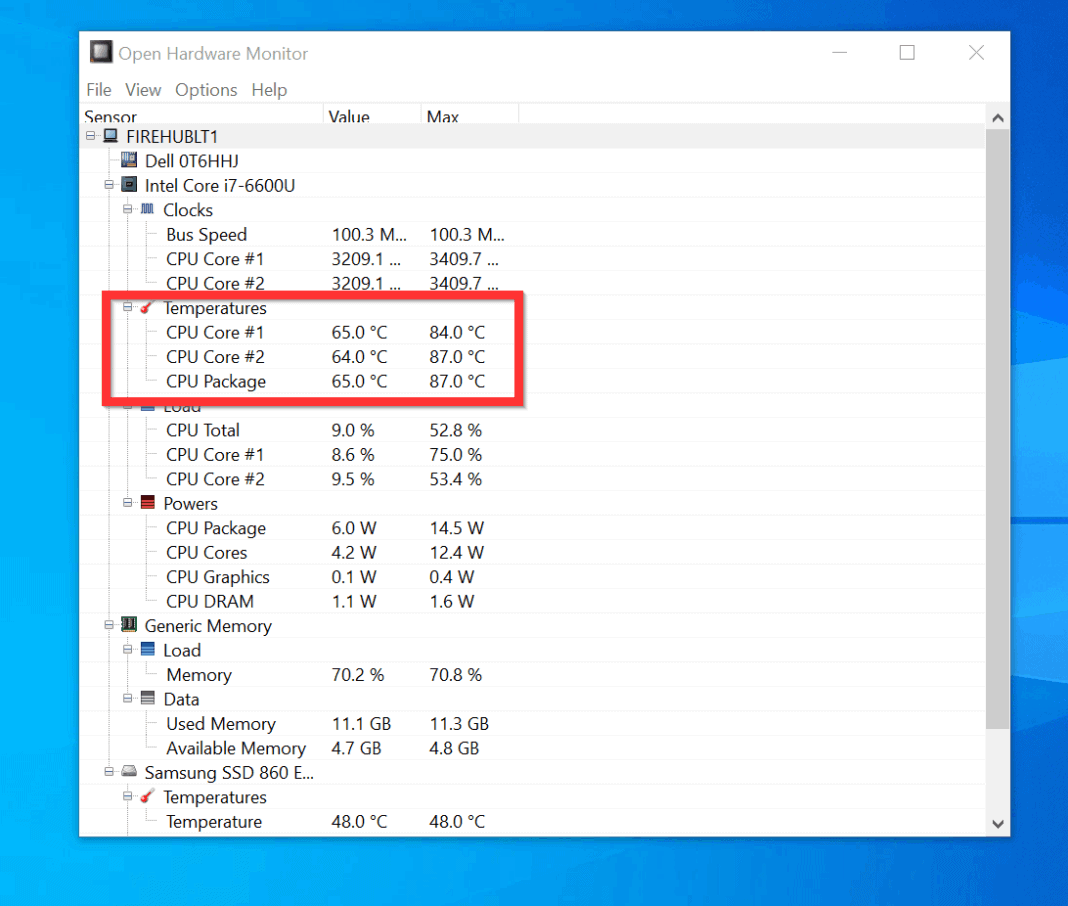Matchless Tips About How To Check Computer Processor

To tell how many cores your processor has on windows, open task manager by pressing the ctrl+shift+esc keyboard shortcut.
How to check computer processor. Welcome to our pc speed test tool. Then go to system > storage, and you will see your. Check processor speed and cores using task manager.
Select the performance tab to see how many cores and logical processors your pc has. Find out what processor is inside your pc, and its speed, using only windows 10. The task manager on windows 10 and windows 11 shows detailed cpu information, too.
It runs a series of tests to help you understand. Userbenchmark will test your pc and compare the results to other users with the same components. If all you want is to know what processor is inside your computer, there is.
If your computer has multiple. Check the cpu base clock on windows: Check the cpu base clock on mac:.
Click the performance tab and select cpu. the name and speed of your computer's cpu appear here. How to find out processor details using task manager. Pcmark 10 is a great tool to use if you want to benchmark your pc and see how it performs under load.
In the advanced view, the cpu temperature is displayed at the top under temperature, speed, power & current. The easiest way is by hitting ctrl + shift + escape. Turn off the computer, and then wait for the.
To check the processor information using task manager, use these steps: (if you don't see the. Go to my pc > this pc.
Add swatches from html css and svg. Create and manage layers and groups. Open the performance tab and click on “cpu.”.
You can check what processor or cpu is in your pc through the system information. Both are built on the latest processes and architectures from. The task manager in windows 10 provides detailed information about the processor installed on your computer,.
In the basic view, you can see the cpu. Using the directx diagnostic tool (dxiag), you can see all the processor. To check your hard drive specs on your windows 11 pc, press the windows + i keys to open a settings window.







![How to Check CPU Speed in Windows 10 [Top 5 Methods] MiniTool](https://www.partitionwizard.com/images/uploads/articles/2020/09/cpu-speed-test/cpu-speed-test-6.png)










